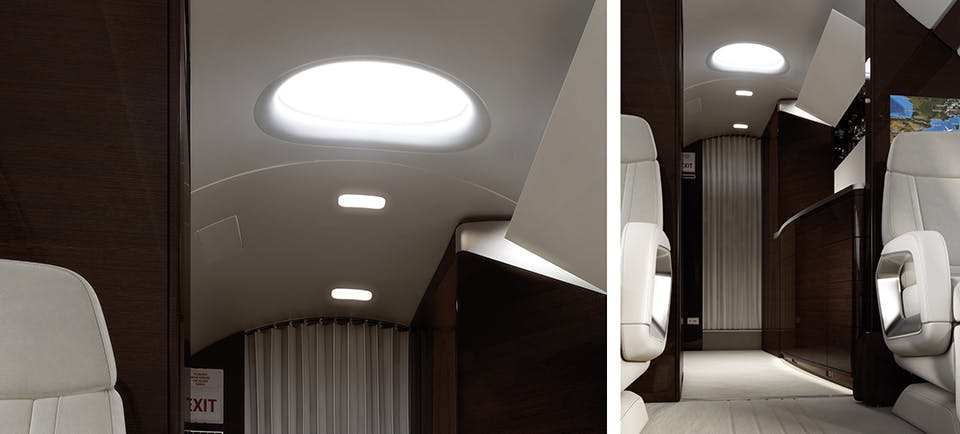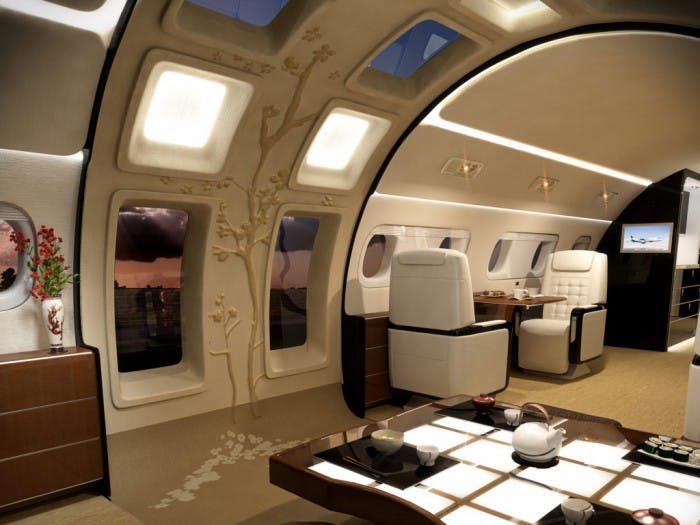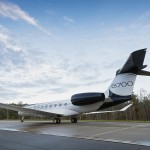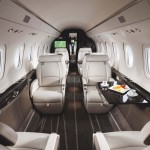Private jet windows just got bigger
The windows are one of most important factors in private jet cabin design. Not only do they bring in light, but they provide a sense of space, structure and a view of the world outside. So the shape and size of an aircraft’s windows can significantly impact the interior aesthetic, and the passengers’ flight experience.
And of course when it comes to window size, size most definitely matters.
Private jet manufacturers are continually pushing boundaries, when it comes to designing aircraft with increasingly bigger windows. And it’s in the bigger jets where there’s the most room for creativity and innovation.
Gulfstream is the manufacturer that springs to most minds when you think windows – they are well known for their trademark wide ovals in their range of long range jets such as the G650.

And big jet rival Bombardier’s Global 7000 – dubbed the Rolls Royce of the skies – is expected to have no less than 16 windows on each side of the aircraft, when it comes to the market in 2018.
French manufacturer Dassault created a window first, when it unveiled its Falcon 5X cabin design, with a skylight in the cabin ceiling.

But now Brazilian manufacturer Embraer has launched a design for its Lineage 1000 that raises the bar further still: A sunroof that wraps around the sides and top of the aircraft, providing extensive views of the surrounding skies.

In its existing form the Lineage 1000 is already one of the most impressive VIP cabins in the long range market. Its extra wide cabin (a conversion of Embraer’s regional airliner ERJ190) offers a 5-zone space, including a kitchen, dining room, bathroom and bar. It is also equipped with up to 19 seats, making it comfortable for group travel.
But the new wrap-around sunroof design, which has been dubbed the ‘Kyoto Airship’, bathes the interior in sunlight and gives sense of light and space that has not been seen before in private aviation. The new windows will use modern anti-fogging protection and allow passengers to select tune-able tint and shading if the brightness gets too much, including electric shades to cut all light when passengers are sleeping.
Of course windows play a significant role in the aerodynamic quality and overall performance of an aircraft. The smaller the windows, the faster, lighter and more structurally sound the aircraft. So improving the cabin experience can come at a cost to technical efficiency and weight.

Currently, the Lineage 1000 can perform long-haul flights with a Mach 0.82 cruise speed, all while being able to still land on small or steep runways, such as at London City Airport.
In order to minimise the problem, engineers at Embraer looked at one of their ERJ145 regional jets used by the Brazilian government with large viewing windows that are arranged in the position of an original aircraft exit door, so working with the existing airframe. The ‘Kyoto Airship’ design’s windows are the size of a typical door on a commercial aircraft, positioned exactly where the doors normally are.
Additionally, the manufacturer has opted for 3D printed titanium installations, to reduce the weight of the windows.
Embraer announced that this design option will be available to customers at $53 million (the standard Lineage 1000 is priced at $49 million).
We’ll be watching to see when this new design becomes available for charter, but in the meantime our Flight Team are available 24-hours to help you compare windows or any other cabin feature of current aircraft. Contact us or call +44 1747 642 777.
Related content

Close up on private jet windows

Gulfstream announces the new G700



